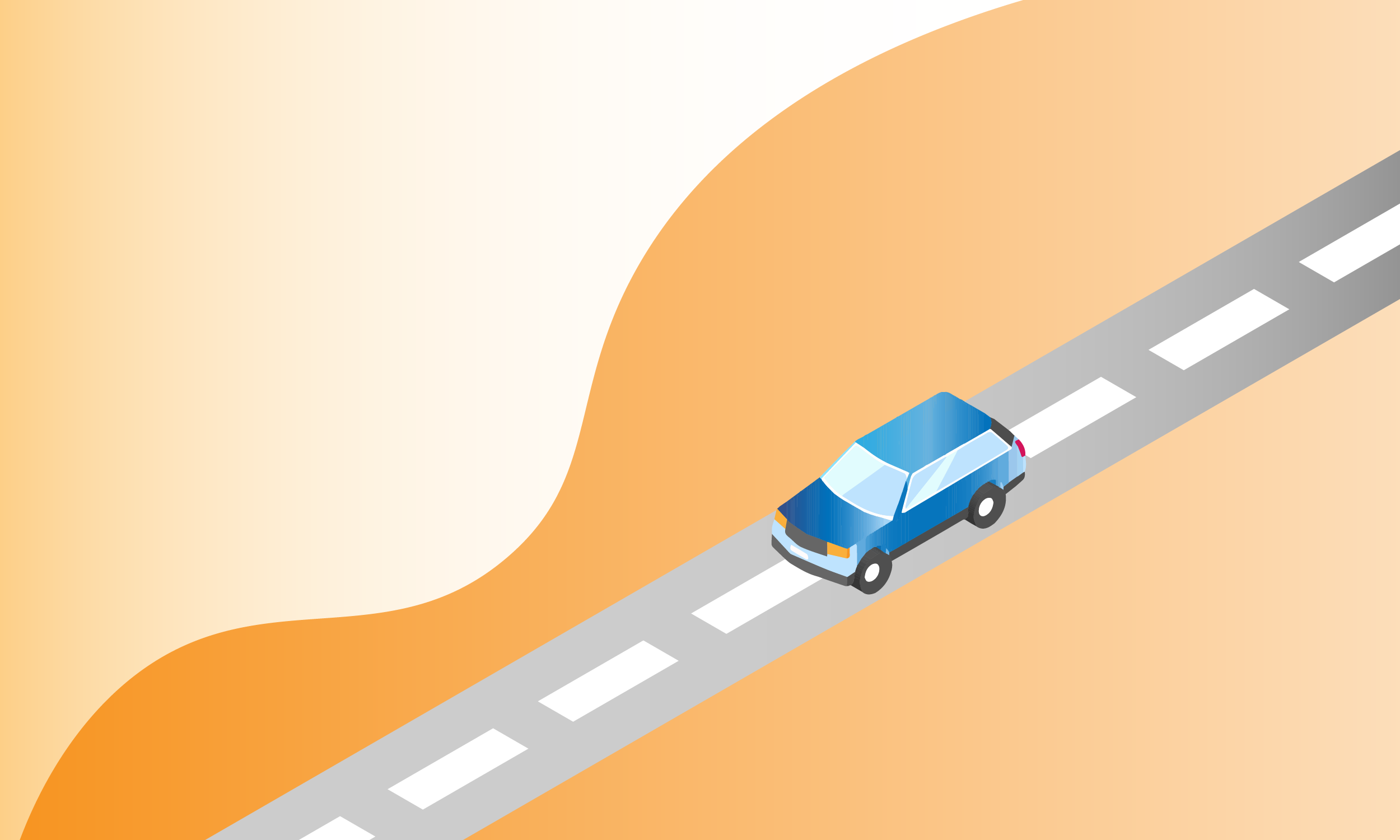
Driving an EV
This guide includes:
1. Difference with petrol cars
Fleet electrification in the B2B sector, and customer preference towards greener vehicles are increasingly becoming prevalent as theme in the automotive industry in 2020. So far that Bloomberg reports that by 2025, 1 out of 6 cars sold in the world will be electric.
There are numerous difference with petrol or diesel cars. The most notable is that EV have a shorter range than their petrol counterparts. You will need to be fully prepared to charge the EV, and understand that the charging itself takes a lot longer than a regular car.
A very helpful guide on electric vehicle was put together by ExchangeandMart and can be accessed here.
2. Vehicle charging
Given the EV shorter range, you will likely have to charge the vehicle whilst en-route.You can expense the charging cost by uploading an expense (if no polar/charging card is present in the vehicle), and also add charging time. 15 minutes of charging time = £3.75. As an example, if you charge for 60 minutes, upload an expense for £15.
Some of our customers movements may require you to charge the vehicle at a hotel. When this occurs, you must register the vehicle at reception, to avoid receiving a PCN. If we receive a parking fine / PCN from a movement that you carried out, you will need to pay for the PCN.
What is important to note is that charging will likely differ from EV to EV. We would advise you to check the type of EV charging of the vehicle you will be driving ahead of the movement, A full model by model EV vehicles charging guide has been put together by Zap-Map.
Please review the 3 different types of vehicle charging port locations and use:
Renault Zoe
The charge flap is located at the front of the vehicle, under the Renault badge.
The vehicle must be off to open the charge flap. To open, press the button highlighted below. The button is located to the right of the steering wheel. Once the flap has opened, a charging cable can then be plugged in.
To remove the charging cable at the end of a charge, this button must be pressed again prior to cable removal.
BMW i3
The charge flap is located on the driver side of the vehicle, above the rear wheel.
The vehicle must be unlocked and off to open the charge flap. Once unlocked, simply push the charge flap in, and it will open. A charging cable can then be plugged in.
Likewise, the vehicle must be unlocked in order to remove the cable at the end of a charge.
Tesla Model 3
The charge flap is located on the passenger side of the vehicle, next to the rear light cluster.
The vehicle must be in park gear to open the charge flap.
On the vehicle screen, press the charging symbol button. The charge flap will then open and a cable can be plugged in.
To remove the cable at the end of a charge, the 'unlock' symbol on the vehicle screen must be pressed prior to cable removal.
3. Polar Instant card
Polar Instant is a “pay-as-you-go” charging point network, which gives you access to over 7,000 charging points across the UK directly from your smart phone without the need for an RFID card or a monthly subscription.
Drivers are also advised to download Polar Instant to their smartphone. This is a map-function application that will assist in locating alternative charging points.
How to start a charge
1. A polar rapid charging station looks like the image below. Note, different stations may have some slight differences.
2. If the charging station accepts contactless payments, it will give you the choice between contactless and using a polar plus card. Select the polar plus card option on the touch screen. Note: Some stations do not accept contactless, and will start by showing the screen in step 3, rather than this one.
3. Scan your Polar plus card on the target as shown. The card will be recognised as belonging to Rente Ltd.
4. The station will now ask you to select the cable you want to use. A breakdown of EV vehicles is:
Renault Zoe ZE40 - 43kW AC Type
BMW i3 - 50kW DC CC
Tesla Model 3 - 50kW DC CCS
Nissan Leaf - 50kW DC CHAdeMO
5. Once you have selected the cable you need, the station will ask you to plug the charging cable into your vehicle. Once plugged in, the machine will show several safety checks being carried out.
6. Once the checks have been completed, the station will show the charging screen.
7. To end the charging session, the polar card should be scanned again. The machine will then ask you to remove the cable from the vehicle. A charging session can be ended at any time.
Driving an EV test
Please make sure you have covered all content on how to drive an EV before starting your test.
For further details on driving an EV, please contact us on 0121 481 2111.
FAQs
-
All vehicles also come equipped with a polar plus card, which can be used to charge at any charge points on the Polar or Charge your Car networks.
Polar: Can be used with the polar plus card included in the vehicle.
Charge Your Car: Can be used with the polar plus card included in the vehicle.
Tesla Charging: Can be used for Tesla Models only. For Engineius, if Polar/Tesla charge points are not available:
Instavolt: Can be used via contactless payments. Can not be used for Renault Zoe ZE40.
Other Networks: Charge stations can only be used if they offer contactless payment.











